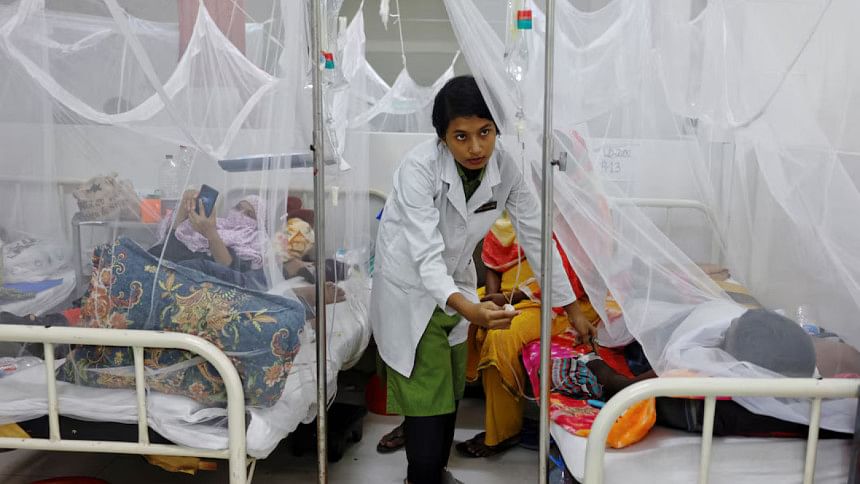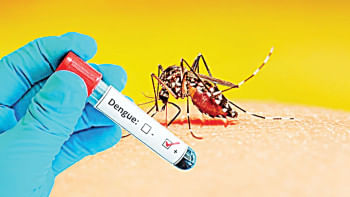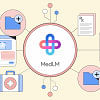What would the healthcare sector of the future look like?

Healthcare around the world is going through unique and dynamic changes. Global megatrends like climate change, technological advancements, demographic shifts, and social changes are all impacting the stakeholders in healthcare—patients, practitioners and businesses—in significant ways. According to one estimate, the world population is likely to reach nine billion in another decade, with Bangladesh's population likely reaching 190 million. As a result, providing affordable healthcare services for such a large population will create both challenges and opportunities.
While there has been significant progress in reducing the incidence of malaria, tuberculosis (TB) and diarrhoeal diseases, ailments associated with the modern lifestyle, such as obesity, are rising exponentially. The risk of ailments caused due to environmental threats and natural disasters is also likely to rise in the coming years. At the same time, newer drug discoveries are making the cure of many diseases possible, and in certain instances, more affordable.
All these factors are forcing the healthcare delivery ecosystem to undergo a transformation that will be relevant for the future, while keeping patients and consumers at the centre. The entire care delivery ecosystem will be attributed by the capabilities of the ecosystem participants of being preventive, personalised, predictive, and by their points of healthcare delivery.
With the increasing focus on disease risk factors and self-directed healthier way of living, the need for curing many diseases associated with the lifestyle will decrease with time. A considerable number of businesses are likely to grow and lead this domain by delivering such services. On the one side, there will be providers of basic consultations on lifestyle, diet and physical exercise. On the other, there will be diagnostic service providers who would help in measuring the key health parameters to detect early indicators of life-threatening diseases or clinical incidents.
While such preventive care has significant impact in elevating the overall health of the population, it should be noted that the beneficiaries of such care are not sick individuals, but individuals who maintain a regular and good quality of life. Therefore, the patient experience—i.e. how such care gets delivered— would play a significant role in business success of the providers. Additionally, personalisation will be a key component in delivering unique patient experiences.
Personalisation of care also means bringing life sciences into the picture. Personalised medical examinations and clinical investigations result in better diagnosis of ailments and tailored prescriptions for cure. By deploying new generation biotechnology and genetic research findings, each patient's needs become unique and require unique treatment decisions. Some healthcare providers in the developed countries have already started offering such care to patients in areas like heart health, diabetic care, and metabolic activities.
In addition to biotechnology, other technological advancements, particularly in digital technologies and artificial intelligence (AI), are going to make a significant impact in the healthcare of the future. In fact, a prominent attribute is going to be predictive and proactive care for the patients. The vast amount of health data collected from a wide range of demographic populations is enabling the creation of tools that enable the prediction of many health accidents pre-emptively. Such predictive analysis can be used for the proactive treatment of the patients resulting in prevention of the same.
All of these suggestions can be implemented at a wide range of locations, including the homes of the patients. Technology has enabled care delivery points to become omnipresent with the use of telehealth services, community-based services, and remote interventions through robots. Access to healthcare has become easier with the advent of technology.
However, the inclusive access to healthcare will require a robust ecosystem of private-public partnerships to improve its reach and affordability. For private entrepreneurs, the business potential in highly populated countries like Bangladesh is enormous. At the same time, it's the collective responsibility of private-public partnerships to make such care delivery inclusive so that they are accessible to all levels of the economic pyramid.
Arijit Chakraborti is partner with PwC.
Views expressed in this article are the author's own.
Follow The Daily Star Opinion on Facebook for the latest opinions, commentaries and analyses by experts and professionals. To contribute your article or letter to The Daily Star Opinion, see our guidelines for submission.

 For all latest news, follow The Daily Star's Google News channel.
For all latest news, follow The Daily Star's Google News channel. 










Comments